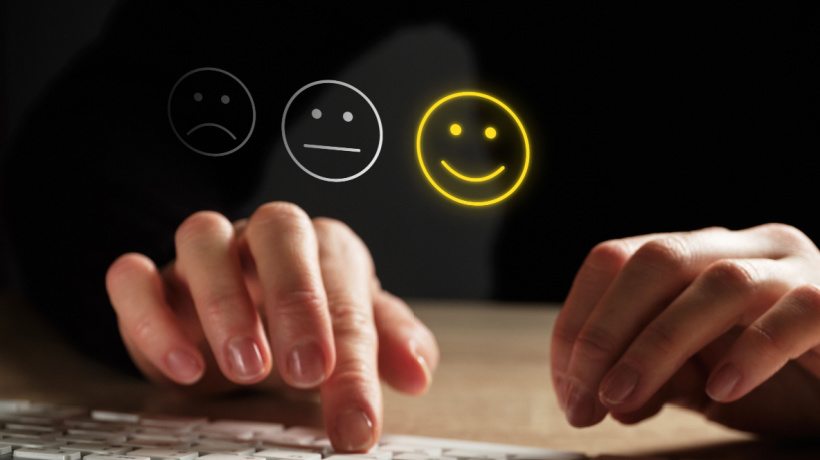Why You Don't Like Hearing Your Own Voice In An eLearning Course
So, why you don't like hearing your own voice in an eLearning course? If this has ever happened to you, I have good news and bad news.
The Good News And The Bad News
The good news is…… You’re normal. This happens to everyone.
The bad news is…… You really do sound like that. (Sorry.)
Most people say a recording of their voice sounds higher and thinner than the way they hear themselves when they speak. So why does it sound this way? As a voice talent, I encounter this myself. And because this question comes up quite often, I did some research to find out why. The simple explanation is that we do not hear ourselves talk with the same process that we use to hear other people talk.
The Path Less Traveled Makes All The Difference
When someone else talks, the sound of their voice leaves their mouth, travels through the air, and goes into your ears. It’s a very simple pathway.
But according to William Hartmann, a physics professor at Michigan State University who specializes in acoustics and psychoacoustics, the sound of your own voice gets to your ears through two different pathways. Not only does the sound of your voice travel through the air from your mouth to your ears, but it also travels to your ears via another route.
Your bones.
When you speak, your voice box isn’t the only organ that vibrates. Your ribs vibrate, the organs in your chest vibrate, your skull vibrates, your sinus cavities resonate, and even the fluid in your brain and spine vibrates.
The Head Bone's connected To The Neck Bone, And The Neck Bone's Connected To The...
These vibrations are carried through the bones in your body to the auditory ossicle, or ear bone, which is the hammer, anvil, and stirrup you learned about in grade school. This is also called the middle ear, and it transmits the sounds to the inner ear, which then carries the nerve impulses to the brain via the cochlear nerve.
Because the speed of sound through air is about 16 times slower than the speed of sound through solids (like your bones,) the sound of your own voice reaches your ears at two different times. The sound traveling through your bones gets there first, and the sound traveling through the air gets there a fraction of a second later. This results in phase distortion, which is really too complicated to go into here, especially because it’s not the #1 reason your recorded voice sounds different from what you hear when you talk.
It's All About That Bass
Phase distortion is part of the reason for the difference in the way you hear your voice. But the #1 reason that a recording of your voice sounds different from the way you hear yourself is that solid objects transmit the intensity (or loudness) of lower frequencies better than air does. Lower frequencies sound louder when transmitted through solid objects (like bones) than they do through the air, so the bones in your head act like the bass control on your audio system. It’s sort of like they turn up the bass in your head. This is why a recording of your own voice often sounds higher and more nasal than you think you really sound.
It’s like you’ve lived your entire life listening to your voice with the bass turned up. But when you hear you hear a recording of your voice, you’re hearing it as other people hear it; without the bass turned up. That’s why it sounds so weird.
So What Can We Do About It?
Honestly? About all you can do is get used to it.
I’ve been recording voiceovers for over 25 years, and the voice I hear through the speakers still isn’t the voice I hear in my head. But it doesn’t shock me anymore. For me, the voice in the speakers is like a character I can direct and manipulate to make him sound the way I want him to.
But if you absolutely can’t stand the sound of your own voice (or your regional accent,) then hire a professional voice talent.
Advances in technology mean that today, anybody can download Audacity for free, plug a USB mic into a computer, and record voiceovers. This doesn’t make them a professional voice talent, however. Buying a microphone and editing software doesn’t make someone a good voice talent any more than buying Emeril’s cookware makes them a chef.
The pool of quality, professional VO talent is a small one. I know a number of very talented voice actors, both male and female, who have engaging eLearning presentation styles. Not only do they keep the audio interesting, they will provide you with clean, high quality audio that’s ready to drop into your next eLearning project.







